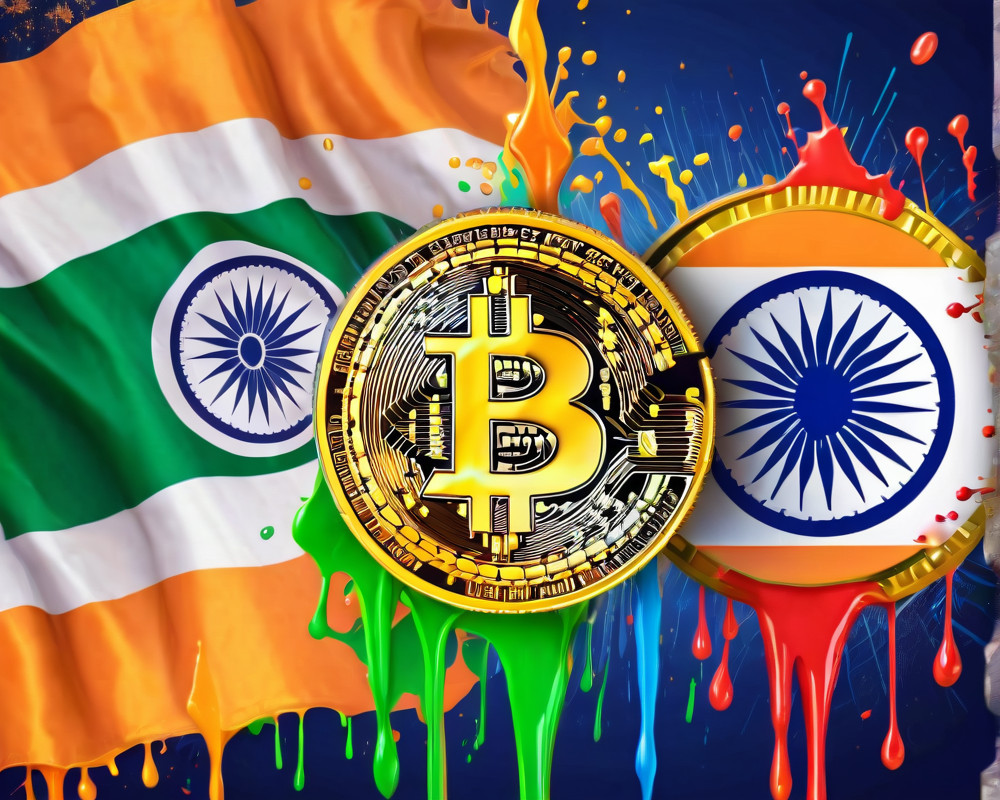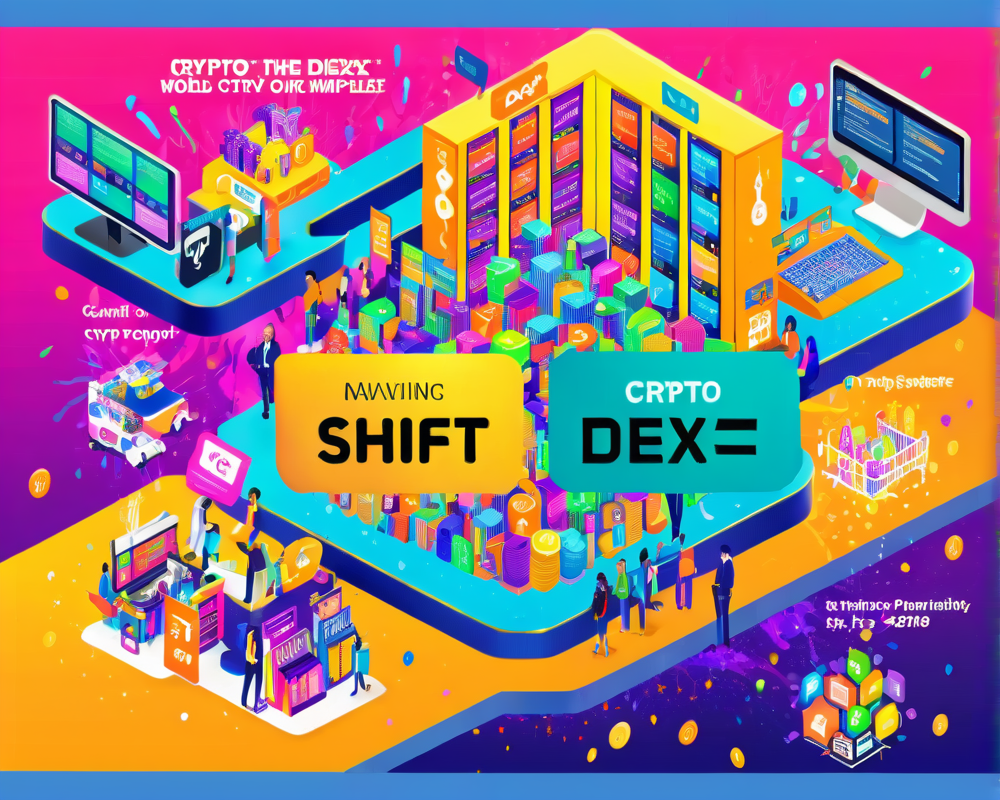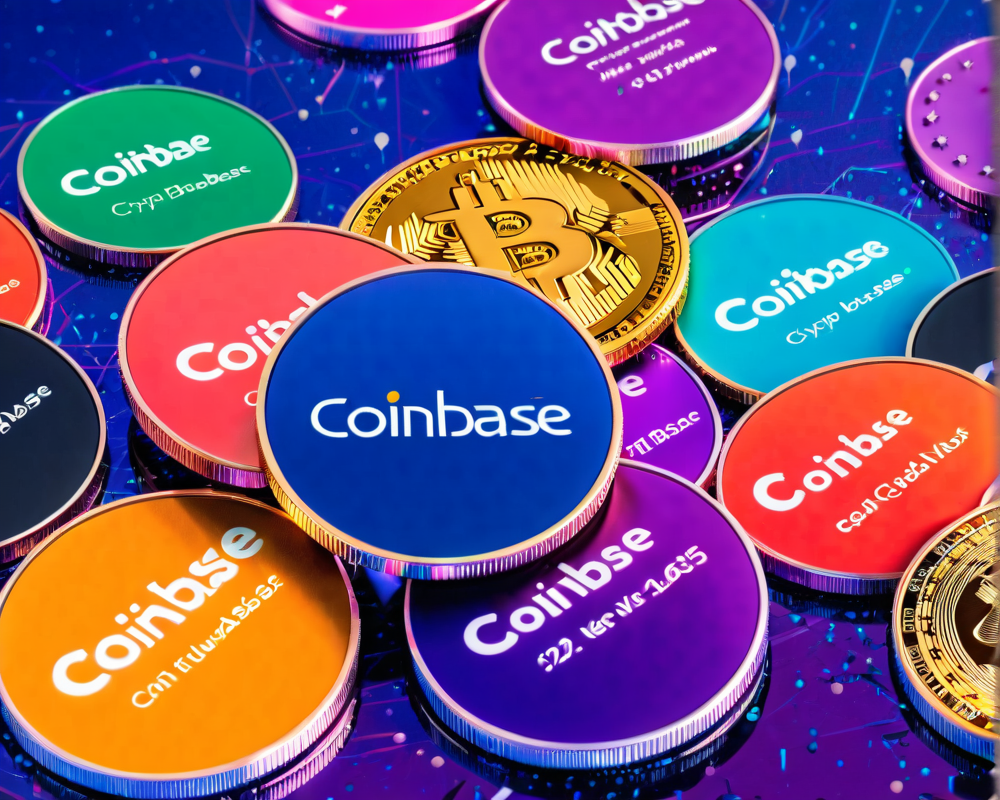The Birth of a Consultation Paper
India’s Department of Economic Affairs is on the brink of rolling out a consultation paper that aims to shape the country’s approach to cryptocurrencies. This document won’t just gather dust in a chamber; it’s destined for the hands of the federal government, with the hope of facilitating a smoother transition into the global landscape of digital assets.
A Collaborative Effort
The paper, unveiled by Economic Affairs Secretary Ajay Seth at a recent Ministry of Labour and Employment event, is a product of teamwork between Indian industry leaders, the International Monetary Fund, and the World Bank. So much behind-the-scenes negotiating and brainstorming has gone into it that you may wonder if they’re hiding a sitcom pilot somewhere in there!
From Skepticism to Structured Dialogue
Historically, India’s relationship with cryptocurrencies has been rocky. Back in 2017, the Reserve Bank of India (RBI) and the Finance Ministry openly compared digital currencies to Ponzi schemes. Fast forward to 2022, the RBI raised eyebrows again by warning of the dangers of “dollarization” fueled by crypto assets. It seems like they were the grumpy parents of the financial world, shouting “Get off my lawn!” whenever crypto came dangerously close.
Global Consensus or Bust
Seth also emphasized that any national-level prohibition would be a colossal fail without a global consensus. This isn’t just India’s argument; nations that try to go it alone on cryptocurrency bans have experienced similar frustration. It’s like trying to play poker while everyone else is playing chess—good luck with that!
A Unified Stance Moving Forward
In his recent virtual address to the World Economic Forum, Prime Minister Narendra Modi echoed a need for coordinated global action against the challenges posed by cryptocurrencies. With over 1.4 billion people in India, these steps may either lead the country into a digital golden age or land it squarely in the middle of a financial jungle. The stakes are high, and the world is watching as India attempts to align its digital asset landscape with global norms.




